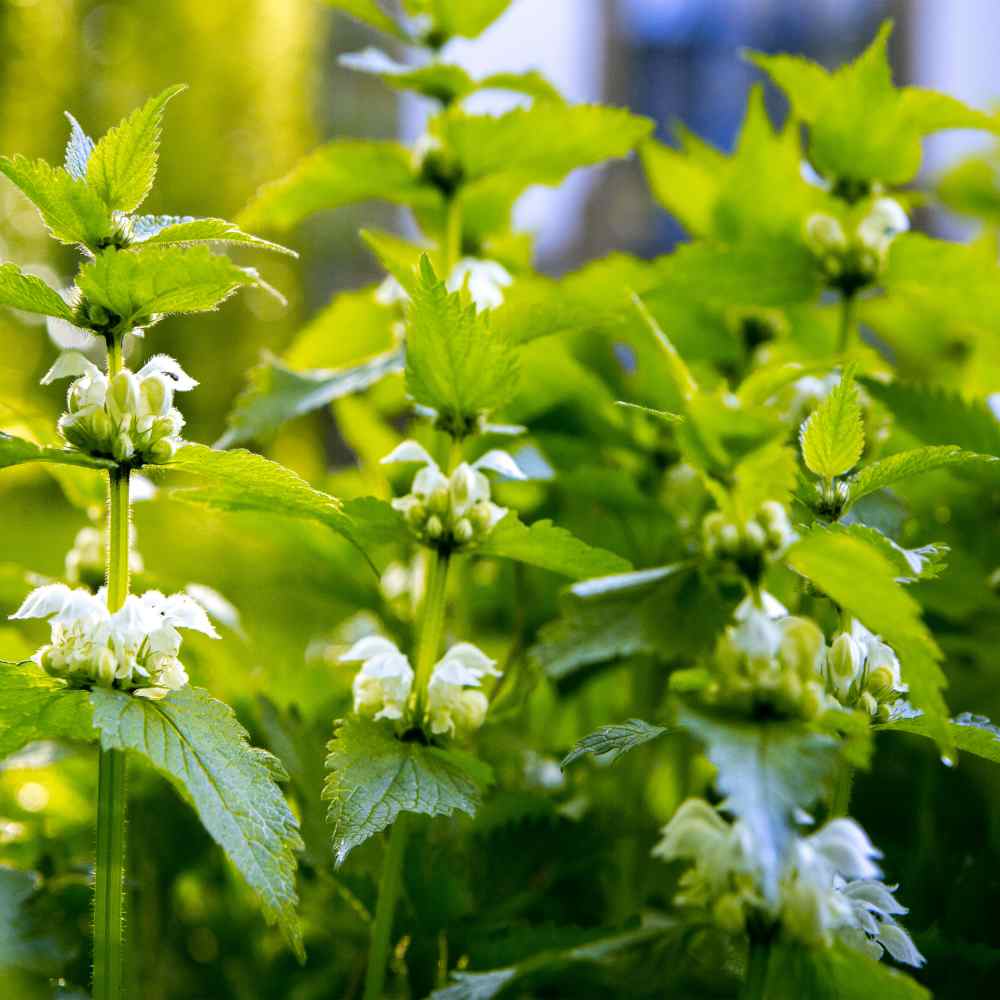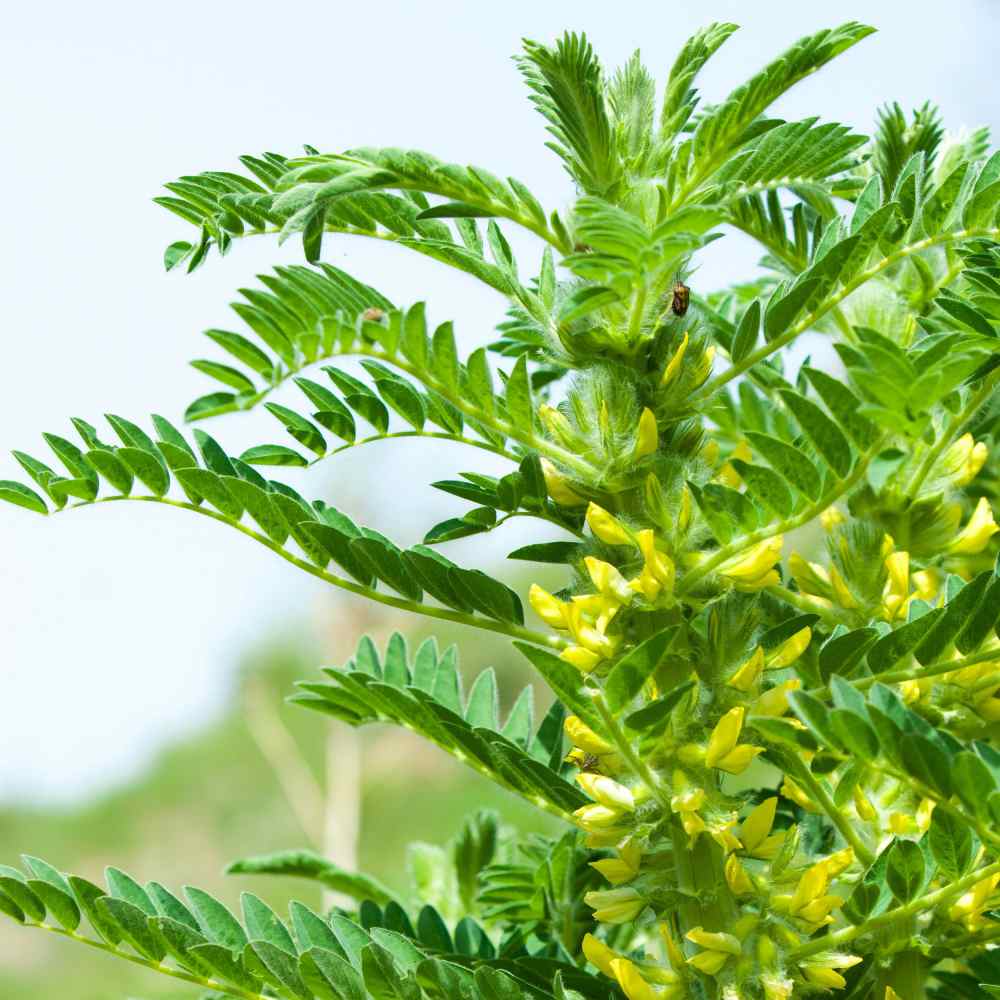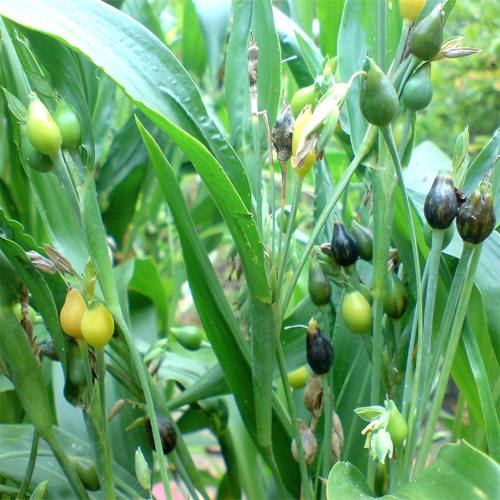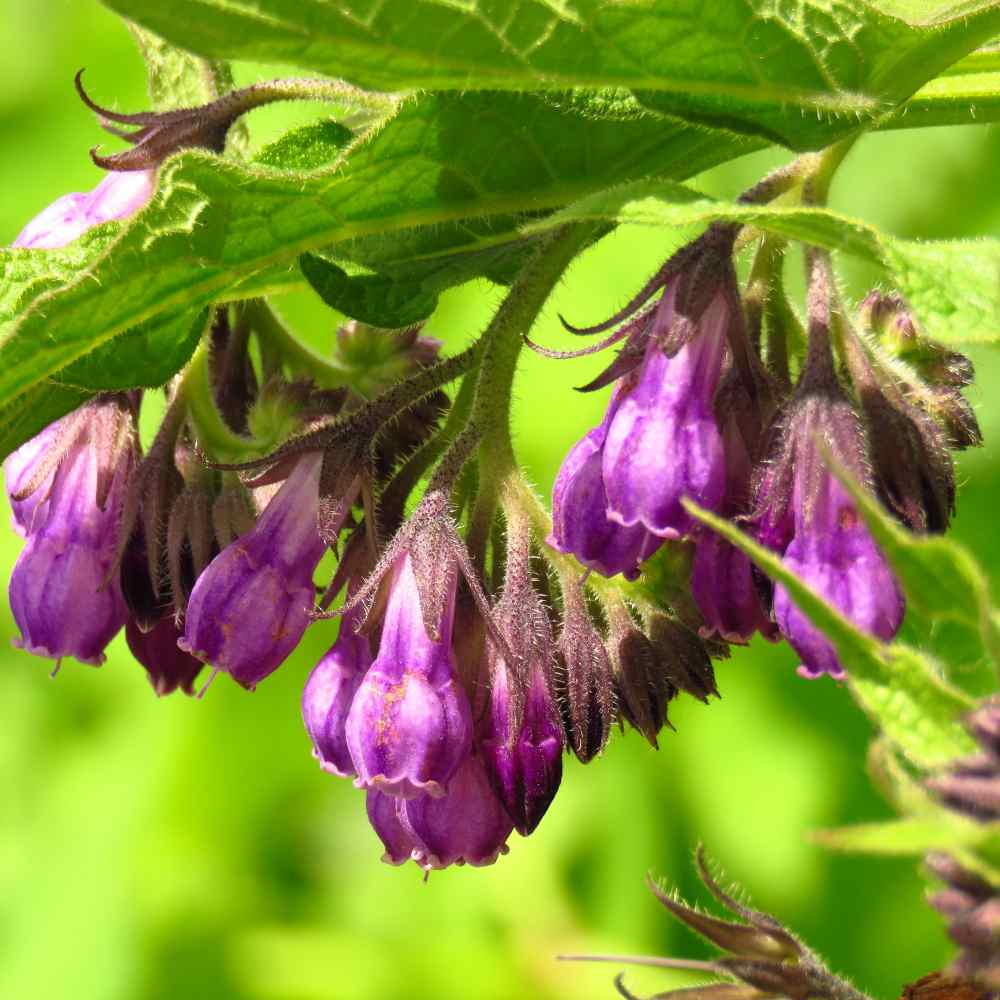
Stinging Nettle Planting Guide
Quick Facts About Stinging Nettle
Stinging Nettle is a perennial herb that is known for its medicinal properties. In medieval times it was used to treat join and muscle pain. Today it is sometimes used to help treat urinary problems related to an enlarged prostate, and some use it to relieve arthritis pain.
Planting Time
After giving seeds a cold treatment, plant indoors 4 - 6 weeks before the last frost. Or, start directly outdoors in the late fall, so the seeds can freeze through the winter.

Planting Location
Plant in full sun to partial shade in nitrogen-rich, moist, and well-drained soil.
How to Plant Stinging Nettle
- You have two options for planting seeds: Sow them directly into the garden, in the late fall, by sowing seeds on the surface of the soil but do not bury. Alternatively, start seeds indoors four to six weeks before the average last frost date in spring.
- If planting indoors, it is best to give seeds a cold treatment. Freeze seeds for several weeks prior to planting in containers or pots. Cover with a plastic dome or plastic wrap to keep the moisture high.
- Plant 7 - 10 seeds per cell or plant.
- Once seedlings sprout, ensure they receive plenty of light by placing them on a sunny windowsill or positioning them 3-4 inches below fluorescent plant lights that are switched on for 16 hours daily and off for 8 hours at night. Adjust the lights as the plants grow taller. Avoid using incandescent bulbs as they generate excessive heat. Remember, most plants need a period of darkness to thrive, so do not keep the lights on for 24 hours.
- Transplant into garden when temperatures are consistently warm.
- Due to its stinging leaves, it is best to wear long sleeves and pants, along with thick gardening gloves when working with this plant. Avoid touching your face and skin as you work.
- Before transplanting seedlings into the garden, it's essential to "harden them off". This involves acclimating young plants to outdoor conditions by placing them in a sheltered outdoor area for about a week. Initially, shield them from strong winds and direct sunlight. If there's a risk of frost overnight, either cover the plants or bring them indoors, then return them outside in the morning. This hardening off method helps strengthen the plant's cell structure, minimizing transplant shock and sun damage.
- Space plants 15 - 18 inches apart in garden.

Care And Maintenance
- Keep weeds under control during the growing season. Weeds compete with plants for water, space and nutrients, so control them by either cultivating often or use a mulch to prevent their seeds from germinating.
- Mulches play a vital role in preserving soil moisture and ensuring consistent soil temperatures. When it comes to annuals, using organic mulch made from shredded leaves not only enhances the appearance of the bed but also enriches the soil as it decomposes over time. Remember to keep mulch away from the plant stems to avoid potential rot issues.
- The mature plants of the Stinging Nettle are tolerant of a short period of drought. If there is a regular rainfall every 2 weeks in the area they are planted, they do not require watering.
- For the best flavor and nutrition, harvest only the top 4 - 5 inches of the plant. Harvest before the plant flowers.
- If you plan to use Stinging Nettle for culinary purposes, you MUST cook it prior to eating. This will get rid of its stinging potential, as when it is left uncooked it is toxic. Cook in the same way as spinach, and the leaves can be used as a substitute for spinach in culinary recipes.
- Deadhead spent flowers if you want to slow the rate of self-seeding.




































